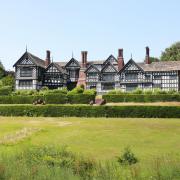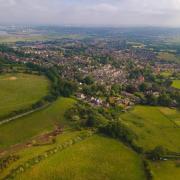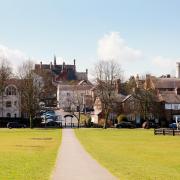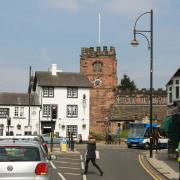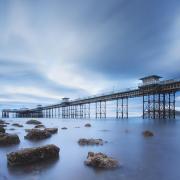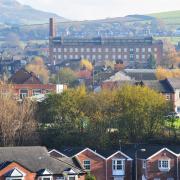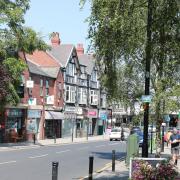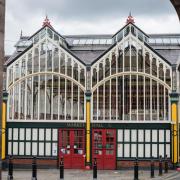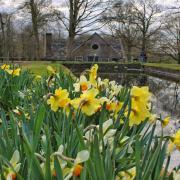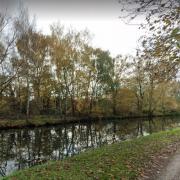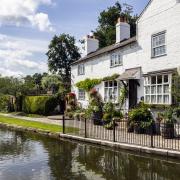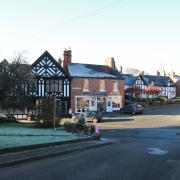Like many Cheshire villages, Hartford goes back to the Domesday Book, but has seen its biggest expansion with the age of the commuter
Nestling a couple of miles from Northwich, Hartford has become a seat of learning out of all proportion to its population.
It has Mid Cheshire College, Grange School, St Nicholas Catholic High School, Hartford Church of England High School and several others, all of which can make for interesting times on the roads during the school run.
‘We have ten education establishments - the largest number of schools in any village in Europe,’ says Pat Hatfield, of Hartford Civic Society. ‘It’s because the land was here, the railways are here, the bypass was built.’
All those eager young minds should know that people have been coming to Hartford for thousands of years. In Roman days, travellers would pass through here on the road between Chester and Manchester. Hartford was mentioned in the Domesday Book in 1086, and it figured twice in the English Civil War. In 1644, Hartford was the scene of a battle between Royalist forces from Chester and Parliamentary troops from Northwich, and in 1659 the village saw a skirmish before the Battle of Winnington Bridge.
One oft-heard name locally is Marshall, as in Marshall’s Arm nature reserve. The Marshall family lived at Hartford Greenbank Manor for 200 years until the early 1900s and were involved in the salt trade.
Other reminders of the past include the fire bell on the wall of the old wine store next to the Red Lion pub, a relic of the days when a horse-drawn fire engine would be kept to quell any blazes in the farms around the village.
In 1801, Hartford’s population was only 472. By 1851, that had doubled to 950, many of those people working in the salt industry. But another important change had happened in 1837 when Hartford Railway Station opened on the new Grand Junction Railway.
‘It was a very early railway,’ says Pat. ‘They used to come in from Chester, which hadn’t got the railway then, and Knutsford and Tarporley. The Coachman, which was originally the Station Hotel or Railway Hotel, was built to service passengers coming to Hartford to use the railway.
‘We used to have a stopping train for London in the village in my time here.’
A century or so on from the coming of the railway, another important transport link arrived in the form of the A556 Northwich by-pass, which allowed Hartford to become a commuter village. Between 1961 and 2011, the population more than doubled again to 5,556, and plans are pending for another 650 new houses.
And yet, says Pat: ‘It still has a lovely rural feel to it, which is what we’re trying to protect. We have lots of trees, little woodland areas. We’ve got Green Belt and open green spaces around us.’
Hartford even has a ‘beach’...the source of some confusion.
‘There is a house called The Beach, which is listed because it has superb plaster ceilings,’ says Pat. ‘There is also an area called The Beach on the Weaverham road. It’s interesting that in some census records it’s “Beech” and others it’s “Beach”, so even going back to 1841, no-one was quite sure.’
Photographs courtesy of Paul Hurley, Cheshire historian. Images taken from ‘Villages of Mid Cheshire Through Time’ by Amberley Publishing. For more examples of Paul’s work visit www.amberley-books.com




